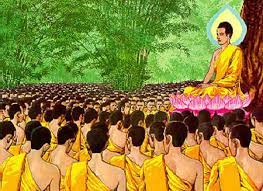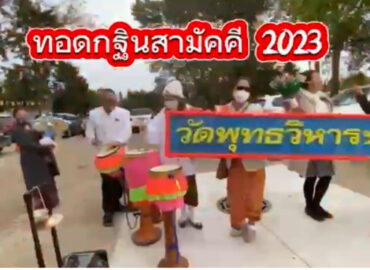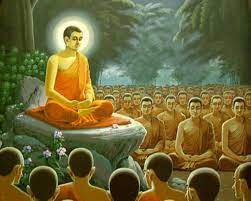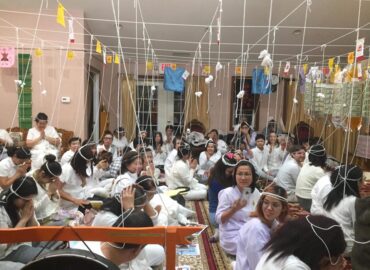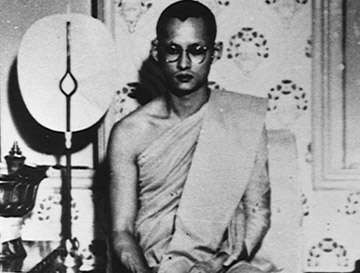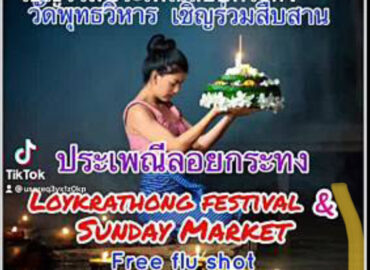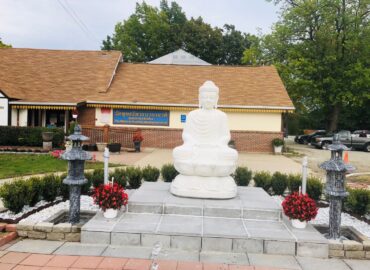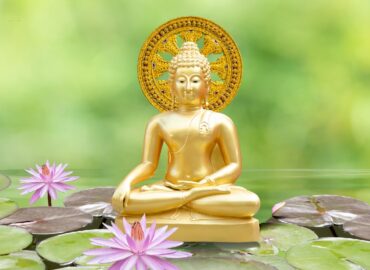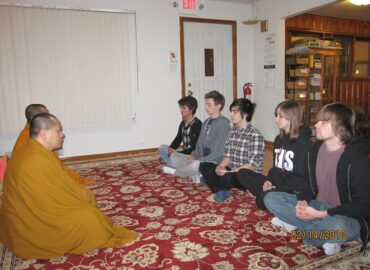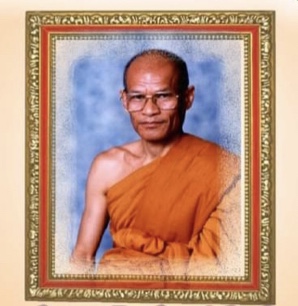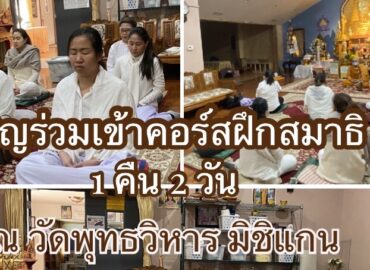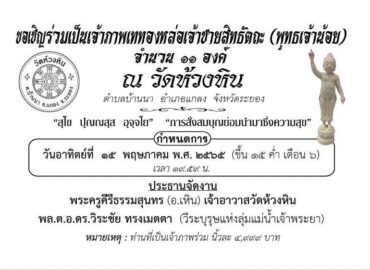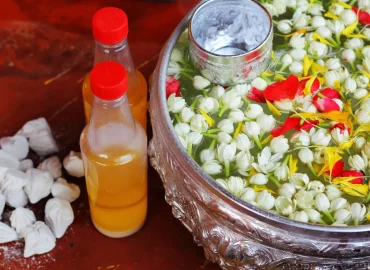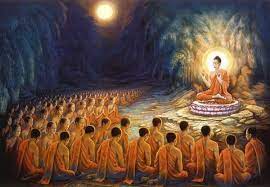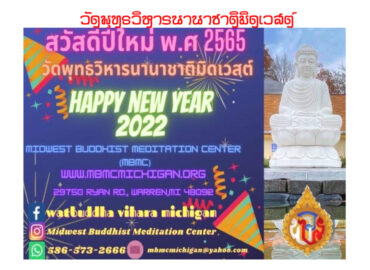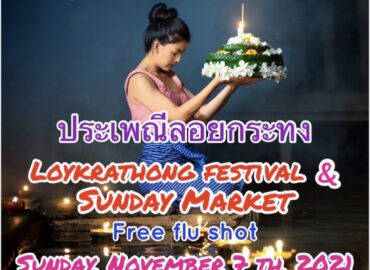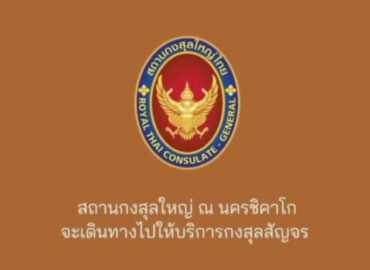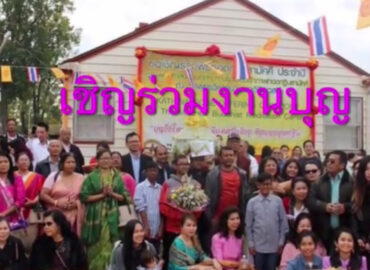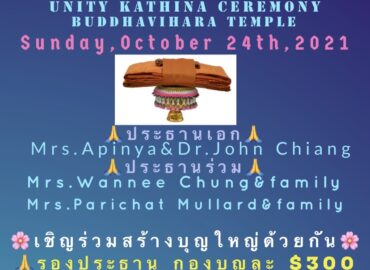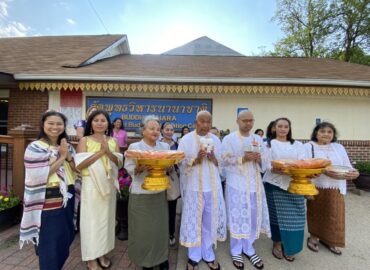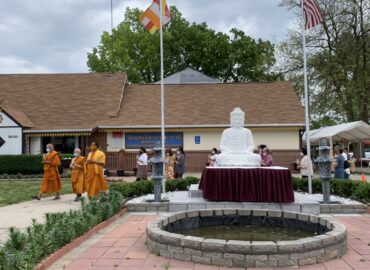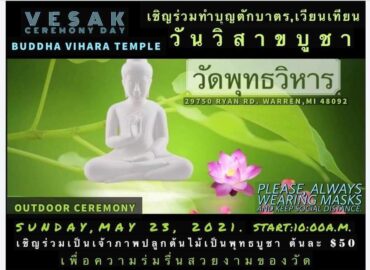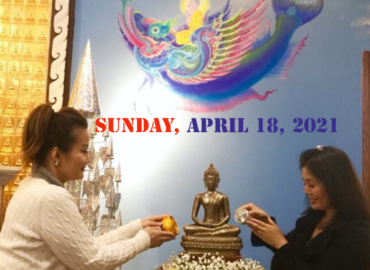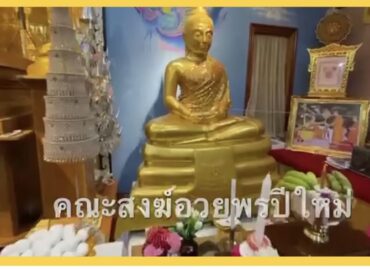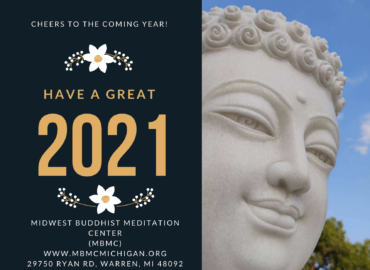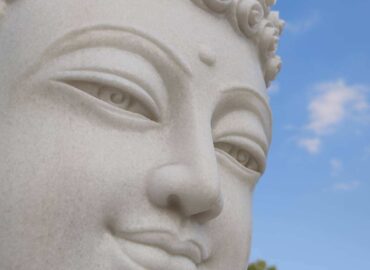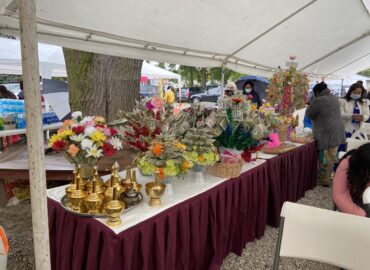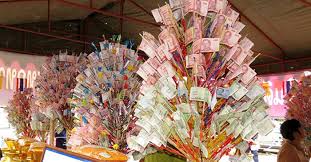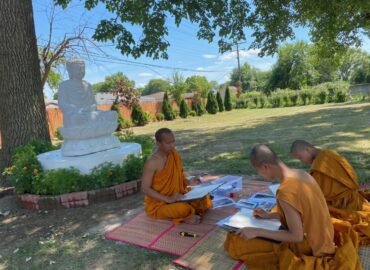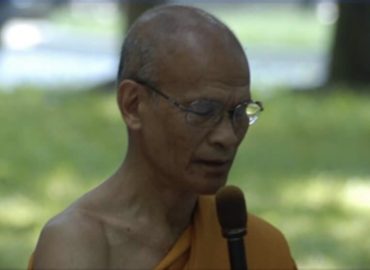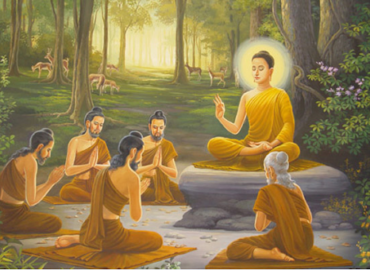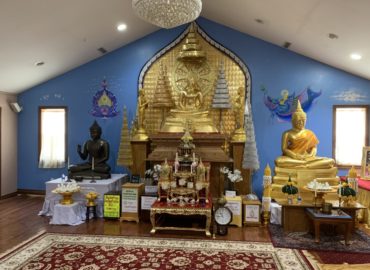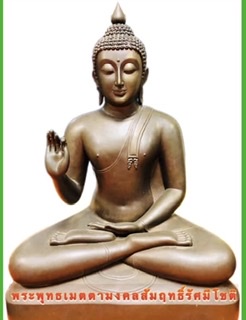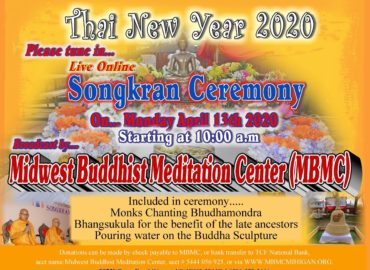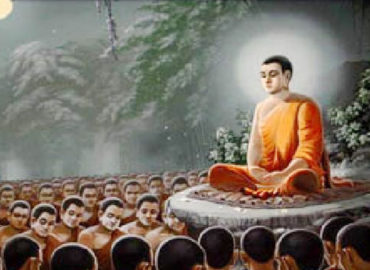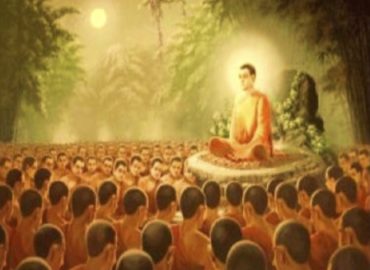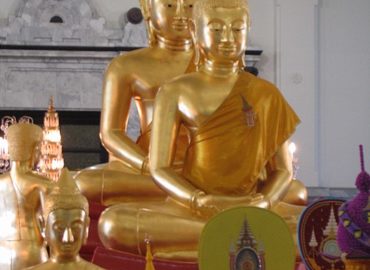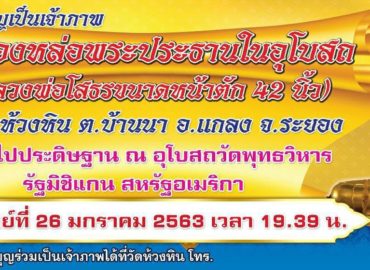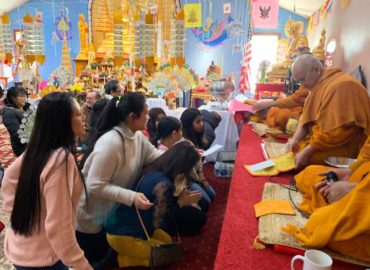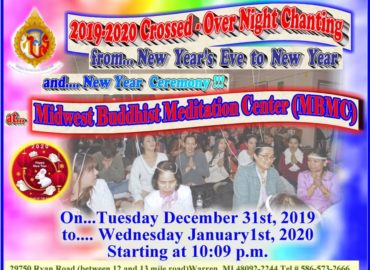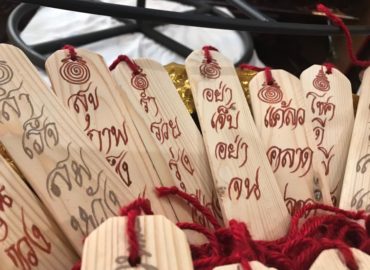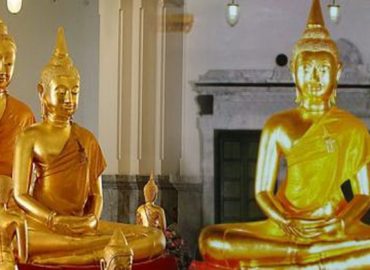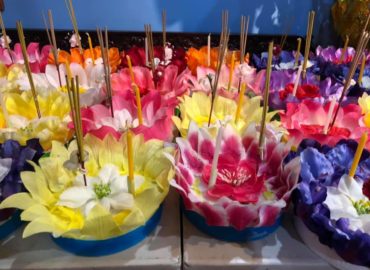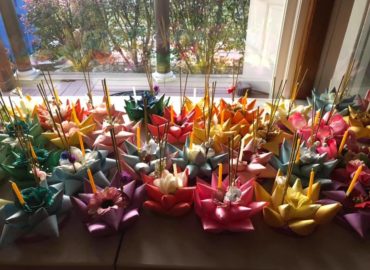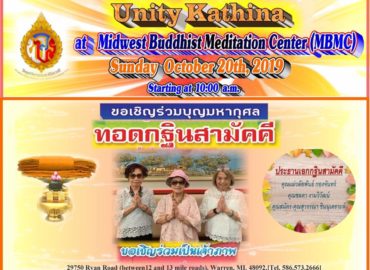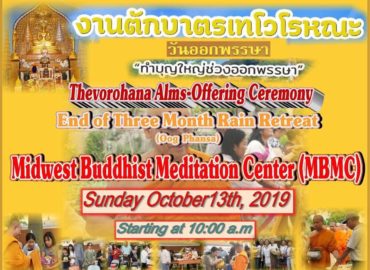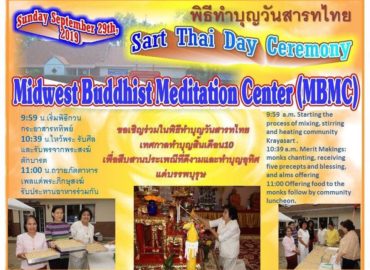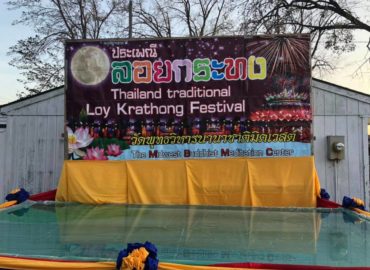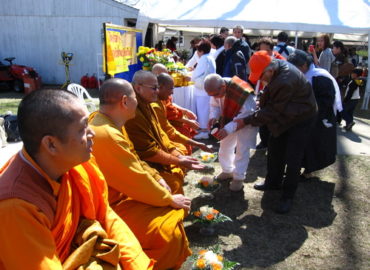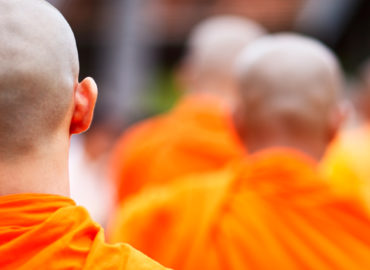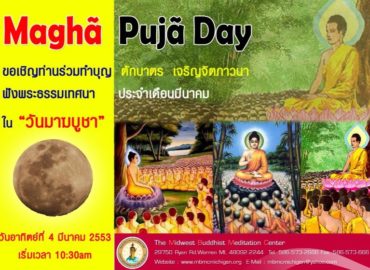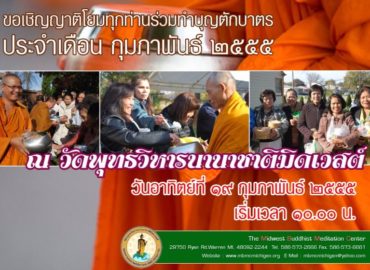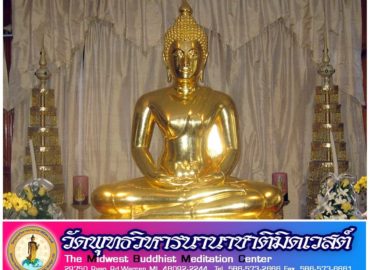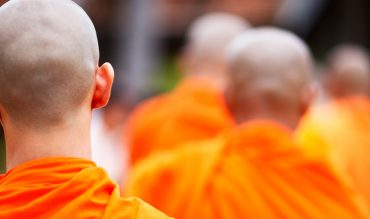In English, Vassa is often glossed as Rains Retreat or Buddhist Lent,the latter by analogy to the Christian Lent (which Vassa predates by at least five centuries).
For the duration of Vassa, monastics remain in one place, typically a monastery or temple grounds. In some monasteries, monks dedicate the Vassa to intensive meditation.Some Buddhist lay people choose to observe Vassa by adopting more ascetic practices, such as giving up meat, alcohol, or smoking.In Thailand, the sale of alcohol is prohibited on the first and last days of Vassa, known as "Khao Phansa" and "Wan Ok Phansa".While Vassa is sometimes casually called "Buddhist Lent", others object to this terminology.Commonly, the number of years a monk has spent in monastic life is expressed by counting the number of vassas (or rains) since .
Most Mahayana Buddhists do not observe Vassa, though Vietnamese Thiền and Korean Seon monastics observe an equivalent retreat of three months of intensive practice in one location, a practice also observed in .
Vassa begins on the first day of the waning moon of the eighth lunar month, which is the day after or Asalha ("Dhamma day"). It ends on ,when all monastics come before the and atone for any offense that might have been committed during Vassa.
Vassa is followed by , a festival in which the expresses gratitude to monks.Lay Buddhists bring donations to temples, especially new robes for the monks.
The Vassa tradition predates the time of.It was a long-standing custom forin India not to travel during the rainy season as they may unintentionally harm crops, insects or even themselves during their travels.Many Buddhist ascetics live in regions which lack a rainy season.Consequently, there are places where Vassa may not be typically observed.

